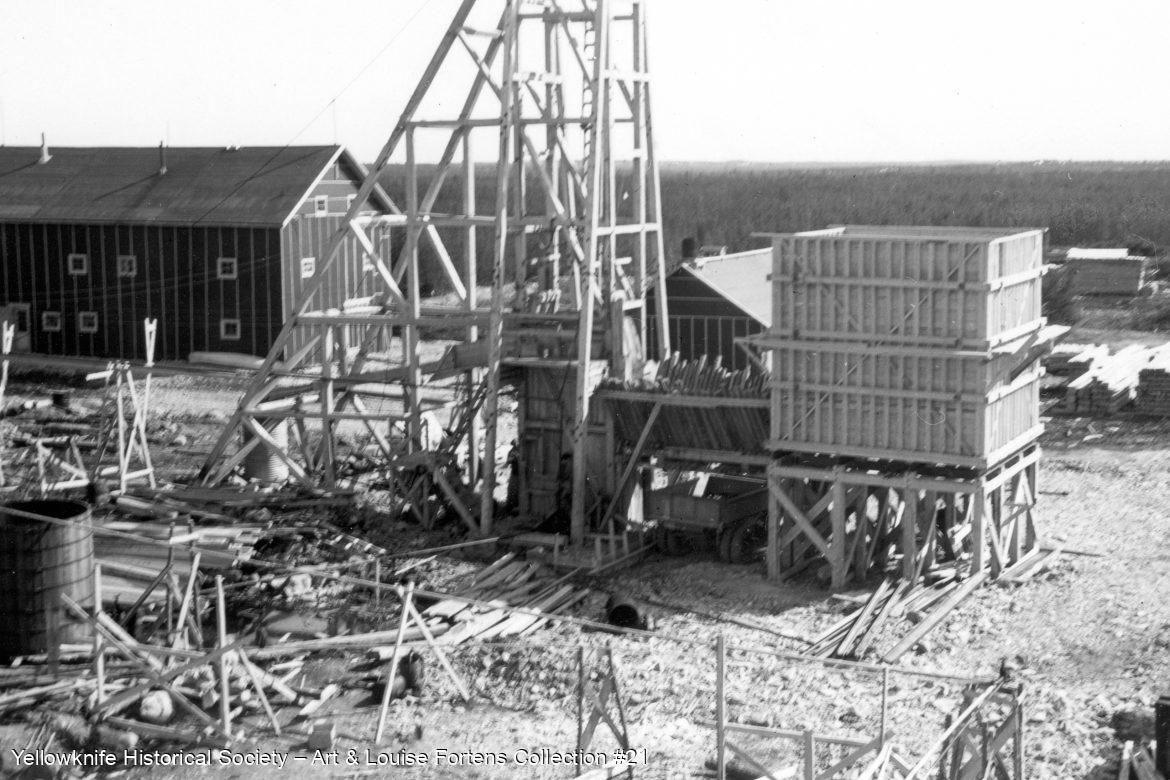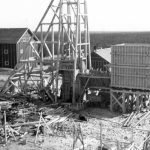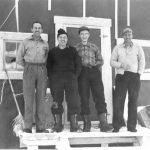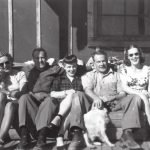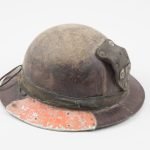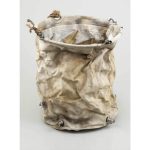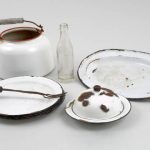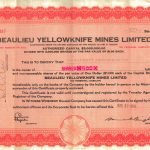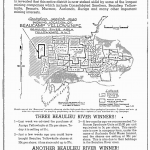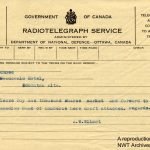1947
The Beaulieu Mine Bubble Bursts
After World War II, Yellowknife was once again in a gold rush. A massive gold deposit discovered under the Giant Mine claims led to the construction of the big mine. Staking around Yellowknife and rash speculation about gold potential everywhere heightened gold fever. In this environment, the Beaulieu story begins.
During the early 1940s, exploration appeared to show a large underground gold-bearing ore body east of the Beaulieu River. A Toronto-based business group bought the claims and formed Beaulieu Yellowknife Mines Limited in 1945. An April 1946 Northern Miner magazine report claimed that a mine on the Beaulieu property would be highly profitable for investors.
The company began an aggressive campaign selling shares through a ‘boiler room’– a room full of telephones and slick salesmen who called potential investors and pushed company stock. Investors from all over Canada and the United States bought four million shares at prices up to $2.50 per share. However, by June 1946, the value of the share had tumbled to 73 cents, and shareholders demanded an answer.
The Beaulieu mine was under construction near Hansen Lake, but word on the street in Yellowknife was “don’t buy stock.” Rumours were circulating that the exploration on the site had been done improperly, and there was little or no gold. Beaulieu Yellowknife Mines Limited revived interest in their stock by offering to buy nearby claims owned by Yellowknife prospector Spud Arsenault in a clever marketing ploy. They paid him $100,000 in cash for the property, turning the money over during a highly publicized Hollywood-style media event which included armed guards escorting Arsenault to the bank so he could deposit his newly found fortune.
Throughout the winter of 1946-47 monthly reports from the company encouraged people to hold onto their stock. Yet confidential correspondence between the mine manager and company officials in Toronto told a different story. The still-under-construction mine was drastically underfunded and behind schedule; they couldn’t afford to buy critical equipment, and supplies needed to build the mine were not paid for or shipped.
The company, still pushing the stock, planned a grand ceremony for Dec 7, 1947, for the pouring of Beaulieu Yellowknife Mine’s first gold brick. Walter Winchell, the famous American gossip columnist, was invited to be the master of ceremonies. Gene Tunney, heavyweight boxing champion, would fight exhibition bouts with some local boys. The usual complement of politicians, reporters, mining officials, and the rich and famous would attend.
In mid-November, after the mill had been operating for more than a month, it was clear that there wouldn’t be enough gold from the mine to make even a single brick. Beaulieu Yellowknife Mines Limited had sold more than $8,000,000 in shares, had spent less than $800,000 building the mine, and in its first month of operation, had mined only 49 ounces of gold valued at about $1700.
On December 4th, 1947, the company cancelled the opening ceremony, claiming airplanes couldn’t land on Hansen Lake because the ice was too thin. The mine was quietly closed, and the people responsible left the North. There was an investigation, yet no criminal charges were laid, leaving shareholders holding worthless stock. The Beaulieu mine remains a cautionary tale of greed and speculation in the mineral extraction game.
